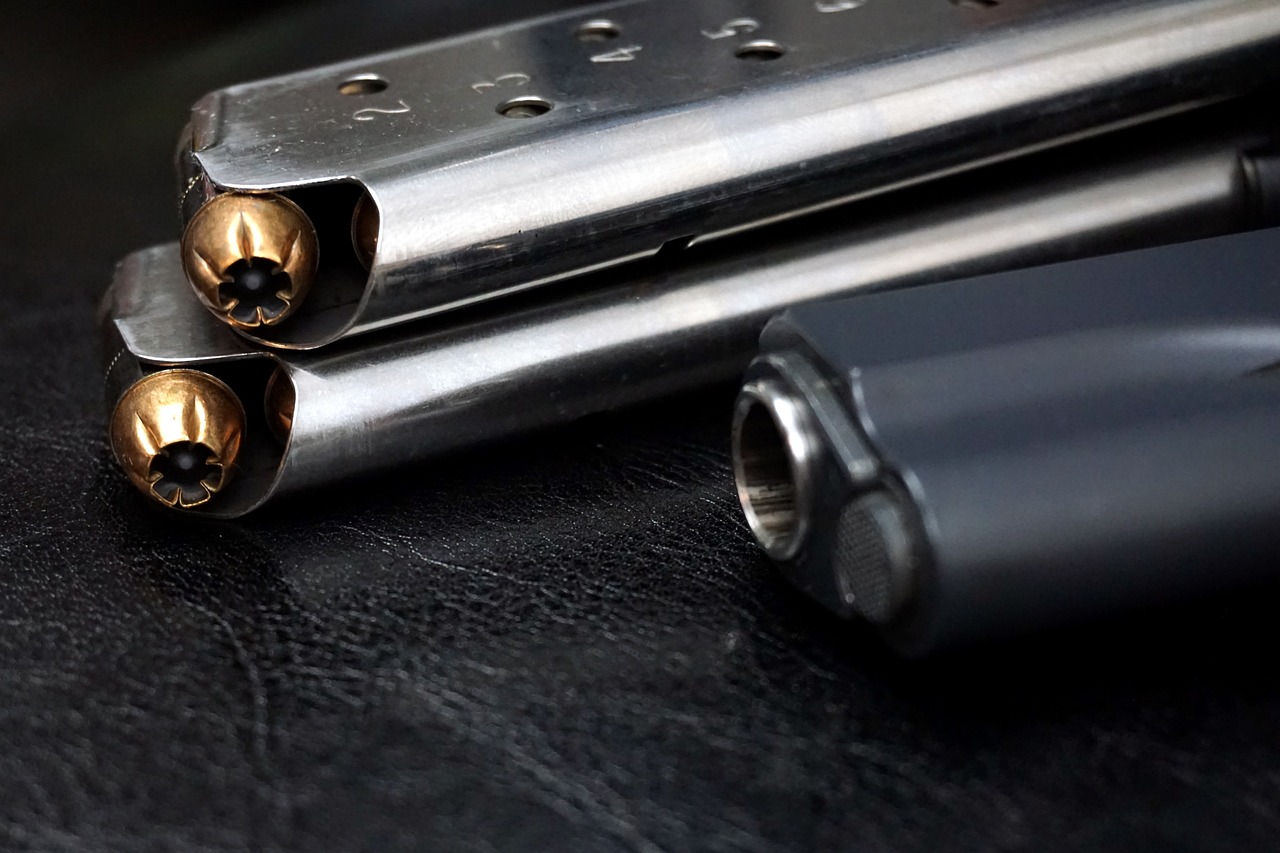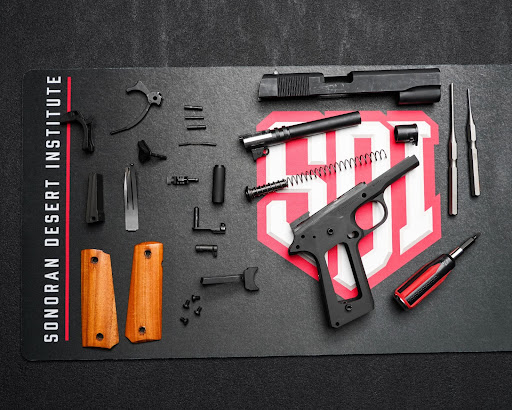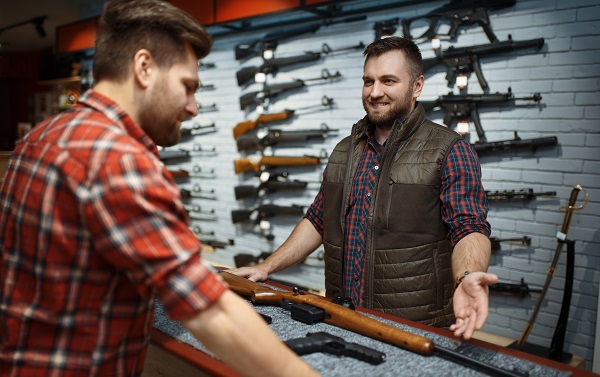
Recently on The Gun Rack podcast, I’ve started a new series where we examine the history of some of the most famous firearms of all time. Our series kicked off with the gun that “won two World Wars”—the M1911. Because I’m a nice guy, I wanted to also give those more inclined to printed media the chance to learn about its fascinating history.
A Need Arises
In the late 19th century, the shortcomings of the Colt M1892 revolver in the Philippine-American War underscored the United States military’s urgent need for a more effective handgun. Despite its advancement as a double-action revolver, its .38 Long Colt caliber round was insufficient in stopping adversaries at close range.
This realization, particularly during the intense combat of the Moro Rebellion, led to a pivotal shift back to the older M1873, which, while single-action, was chambered in a much more powerful caliber. However, this period marked the beginning of a quest for superior firepower, prompting the U.S. to reevaluate its arsenal and set the stage for the development of a new class of service pistol.
Colonel Thompson’s Tests
The Thompson-LeGarde tests of 1904, led by the inventor of the Tommy Gun, Colonel John T. Thompson, became a cornerstone in the search for the next service pistol. These tests rigorously evaluated various calibers, including the 7.65×21mm Parabellum and the 9×19mm Parabellum. Thompson’s conclusion was unequivocal: the new service pistol must be no less than .45 caliber.
This led to the historic trials that pitted renowned firearms manufacturers against each other. The tests each firearm underwent were grueling, with one in particular seeing each individual firearm expel 6,000 rounds of ammunition over the course of two days. The Colt M1911, which would eventually be declared the winner, famously continued firing after being dunked in water because it became too hot. Its creator, John Moses Browning, was reportedly in attendance for this feat.
John Moses Browning
John Moses Browning’s influence on firearm design is monumental to anyone who has studied firearms. We’ve previously written about this maverick in our ‘Famous Gunsmiths’ series, which you can read here.
For the purposes of this article, it is important to know that Browning had been working on the M1911 since the late 1890s. Bouncing around different manufacturers like FN and Winchester, it was during his time with Colt that he would ultimately develop the M1911. He accomplished this feat leveraging the short recoil principle to create a semi-automatic pistol that was both reliable and powerful.
A Century of Reliability
After winning the Thompson-LaGarde trials, the M1911 was officially adopted by the United States Army on March 29, 1911. It was then adopted by the Navy and the Marine Corps two years later. From then on, the M1911 would continue to demonstrate its reliability and effectiveness. Whether it was during its performance against Pancho Villa in Mexico, the trenches of World War I, or the various fronts of World War II, the M1911 cemented its status as a weapon of choice for the U.S. military.
The modifications leading to the M1911A1 variant further enhanced its utility, making it a preferred sidearm well into the latter half of the century. Despite being gradually replaced by newer models, the M1911’s legacy endured, a testament to its design and the enduring vision of John Moses Browning.

The M1911’s Legacy is Alive at SDI
The legacy of the M1911 extends beyond its military service. It has become an icon among firearms enthusiasts, revered for its historical significance and mechanical ingenuity.
At SDI, we are keeping its legacy alive with our FTE 211 1911 Advanced Armorer elective course, which offers students a comprehensive overview of 1911-styled firearms. To learn more about the programs of study that SDI offers, you can click the link here.


